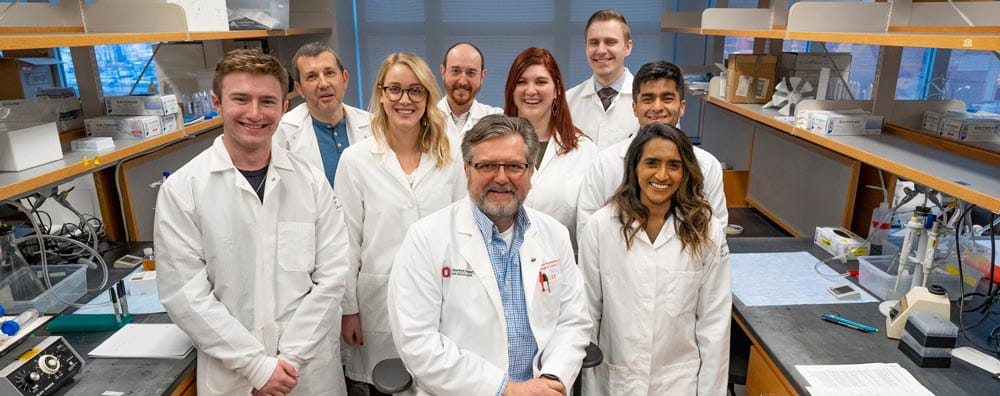
Our Approach
In order to be most effective, gene therapy treatments for neurologic disorders must precisely and accurately deliver a vector carrying a therapeutic gene to the appropriate location in the brain.
Our current work focuses on harnessing specific properties of different viral vectors combined with a specialized neurosurgical delivery platform we have developed to deliver the genetic cargo exactly where it needs to go. This three-part process is how we are developing therapies that can reimagine the future for adults and children living with neurologic diseases.
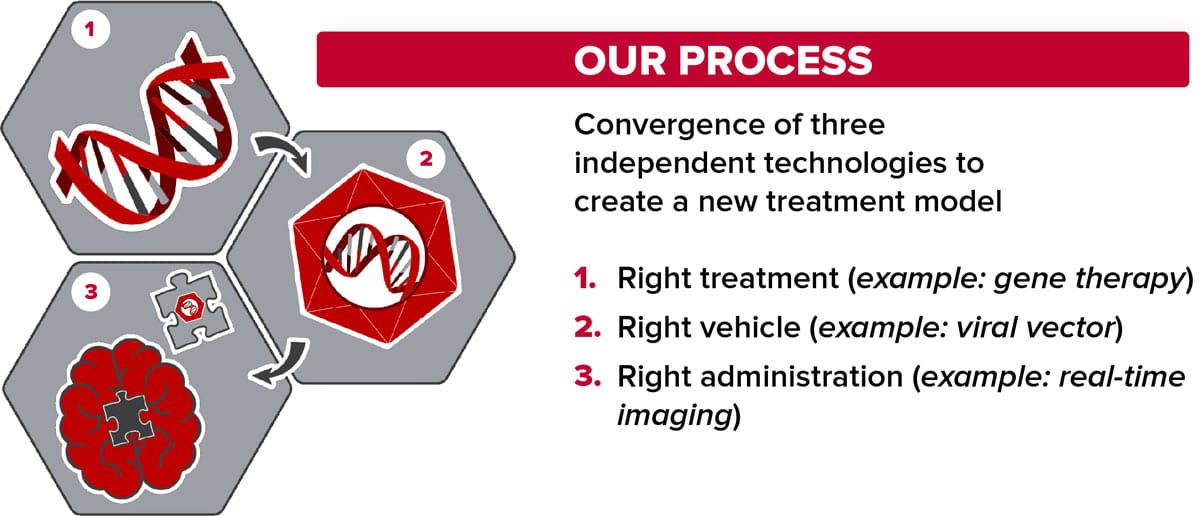
Conditions we study
- Parkinson’s disease – a progressive brain disorder that causes problems with movement and coordination. There is currently no cure, but treatments are available to manage symptoms.
- Alzheimer’s disease – a brain disorder that worsens over time, affecting memory, thinking skills and, eventually, even the brain’s ability to control bodily functions.
- Aromatic l-amino acid decarboxylase (AADC) deficiency – caused by mutations in the dopa decarboxylase (DDC) gene that affects the ability of cells in the nervous system to produce dopamine, which is critical to communication between cells. This causes developmental delay, oculogyric crises, weak muscles, problems with coordination of movements, as well as issues with blood pressure, heart rate and body temperature.
- Lysosomal storage disorders – inherited metabolic disorders that cause an abnormal build-up of various toxic materials in the body’s cells as a result of enzyme deficiencies. Different parts of the body can be affected, including the nervous system.
The mitochondria – often described as the “powerhouses” of a cell – are essential to cellular function, especially in the brain. In neurodegenerative diseases like Parkinson’s, mitochondria may malfunction and fail to produce the energy needed to properly support brain cell functions or generate products that are damaging to the cell. We are investigating the role mitochondrial health plays in neurodegenerative disease and the therapies that could address it.
Advances in science have yielded new understanding of the brain’s reward system in addiction and how gene therapies may be useful.
Meet the team
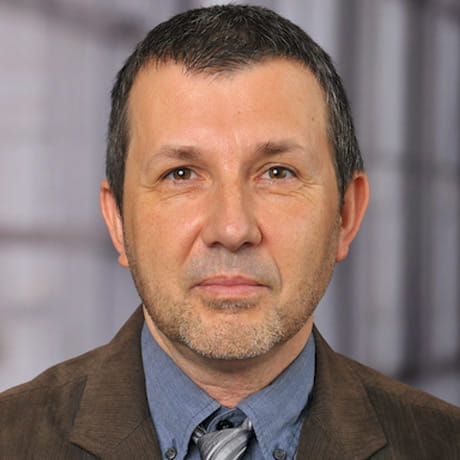 Piotr Hadaczek, PhD
Piotr Hadaczek, PhD
Senior Research Scientist
 Jerusha Naidoo, PhD
Jerusha Naidoo, PhD
Research Scientist
 Victor Van Laar, PhD
Victor Van Laar, PhD
Research Scientist
 Meika Travis, MS
Meika Travis, MS
Research Associate 1, Laboratory Manager
 Allison O’Brien, BS
Allison O’Brien, BS
Program Coordinator, Veterinary Tech
 Matthew Rocco, BS
Matthew Rocco, BS
Research Aide
 Kierra Dickerson
Kierra Dickerson
Office Associate
 Vikas Munjal
Vikas Munjal
 Alex Keister
Alex Keister
 Alexandra Kales
Alexandra Kales
 Nathan McFarland
Nathan McFarland
 Thanvi Gullapalli
Thanvi Gullapalli
About the lab
- Modified RANO, Immunotherapy RANO, and Standard RANO Response to Convection-Enhanced Delivery of IL4R-Targeted Immunotoxin MDNA55 in Recurrent Glioblastoma
- Gene Therapy in Movement Disorders: A Systematic Review of Ongoing and Completed Clinical Trials
- The NIH Somatic Cell Genome Editing program
- A traceless linker for aliphatic amines that rapidly and quantitatively fragments after reduction
- Use of a novel ball-joint guide array for magnetic resonance imaging-guided cannula placement and convective delivery: technical note
- Safety Assessment of AAV2-hGDNF Administered Via Intracerebral Injection in Rats for Treatment of Parkinson’s Disease
- Gene therapy for Parkinson’s disease: contemporary practice and emerging concepts
- Aromatic L-Amino Acid Decarboxylase Gene Therapy Enhances Levodopa Response in Parkinson’s Disease
- Convection-enhanced delivery in glioblastoma: a review of preclinical and clinical studies
- Trial of magnetic resonance-guided putaminal gene therapy for advanced Parkinson’s disease
- Adeno-associated viral vector serotype 9-based gene therapy for Niemann-Pick disease type A
- Magnetic resonance imaging-guided phase 1 trial of putaminal AADC gene therapy for Parkinson’s disease
- Direct convective delivery of adeno-associated virus gene therapy for treatment of neurological disorders
- GDNF and Parkinson’s Disease: Where Next? A Summary from a Recent Workshop
- Data-driven evolution of neurosurgical gene therapy delivery in Parkinson’s disease
- Gene therapy for neurological disorders: prospects and progress
- Wexner Medical Center Performs First Gene Therapy Brain Infusion For Parkinson’s Disease
- NIH Awards Ohio State College of Medicine $2.1 Million Genome Editing Grant
- Promising Gene Replacement Therapy Moves Forward At Ohio State
- Krystof Bankiewicz, MD, PhD, Brings Promising Gene Therapy Research to Ohio State
Find new hope with Ohio State’s Bankeiwicz lab through participation in our active clinical trials and research program.
These studies grant patients early access to treatments that may lead to significant improvement in your symptoms. It’s also a rewarding way to help change the future of health care and better the lives of other people with neurologic disorders.
The list of current clinical studies is available at https://studysearch.osumc.edu/.
- Type specific neurologic disorder
- Click: “Search” to get access to the complete list of trials
Your donation supports the efforts of the Bankiewicz lab to advance neurologic disorder treatments and improve the lives of patients.
Make an online gift at http://wexnermedical.osu.edu/ways-to-give.
Under “Special Instructions” be sure to write that you want your donation to go to “Bankiewicz Lab.”
Thank you for supporting our ongoing efforts to improve the treatment of neurologic diseases.

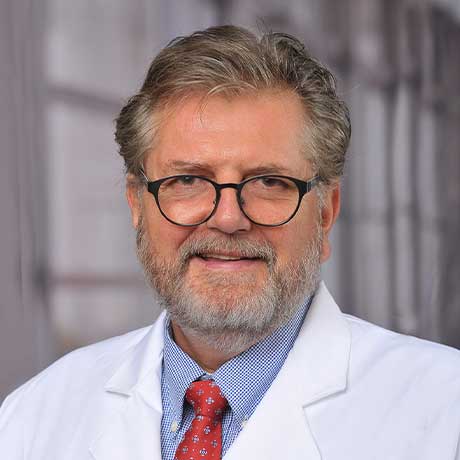 Krystof Bankiewicz, MD, PhD
Krystof Bankiewicz, MD, PhD 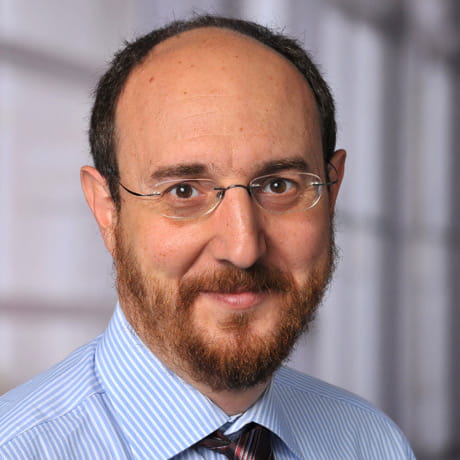 Lluis Samaranch, PhD
Lluis Samaranch, PhD